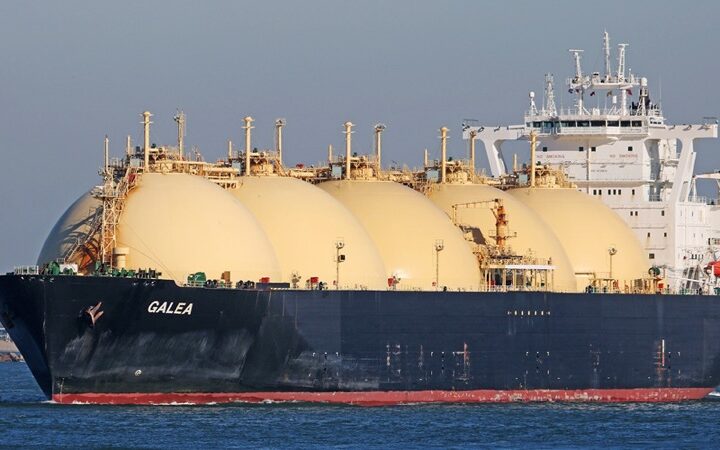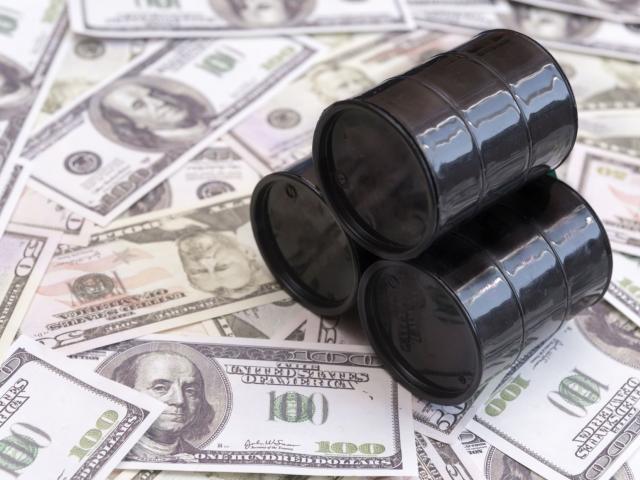By Paul Taylor
They're at it again. European Union leaders are bickering about how to spend a small fraction of their economic stimulus effort while the U.S. Federal Reserve is boldly throwing money at the battle against recession.
The contrast is striking between the Fed's $1 trillion monetary boost and EU governments' haggling over redirecting 5 billion euros ($6.75 billion) of unspent common budget funds to energy and broadband infrastructure projects.
In this Lilliputian squabble, each European country wants the money for its own pet projects, regardless of whether it can be spent immediately or only in 2011 or later. At stake are modest measures to connect national gas pipeline networks and electricity grids in the wake of the Russia-Ukraine gas crisis, or extend high-speed Internet lines in rural areas.
Convinced they are already doing enough to combat the deepest economic slump since the Great Depression, European leaders are massaging the figures to trumpet a far bigger stimulus programme than exists in reality.
The headline number used by European Union officials, France and Germany is that EU countries will spend 400 billion euros or 3.3 percent of gross domestic product over two years. European Commission President Jose Manuel Barroso said this week the effort could even amount to 4 percent of GDP.
Those figures are arrived at by amalgamating new discretionary spending through tax cuts and extra public works projects in 2009 and 2010 with the estimated impact of so-called "automatic stabilisers" — the fiscal outcome of higher welfare costs and lower revenue due to the economic slump.
Of course, Europe's social safety network does give workers greater financial and healthcare protection than the threadbare U.S. system if they lose their jobs. But to brand routine welfare spending a recovery programme is phoney economics. The logic would then be that the more unemployed a country has, the bigger its fiscal stimulus is.
The European Commission says "automatic stabilisers" account for between 2 and 2.2 percentage points of the EU recovery programme. Extra discretionary stimulus measures amount to just 0.87 percent of GDP this year, according to the Bruegel economic think-tank.
The Europeans are right to contend that throwing more money at the crisis will do little good as long as the core problem of dealing with banks' toxic assets is unresolved. That is the key to restoring confidence and reviving credit flows. But making exaggerated boasts about recovery spending while feuding over small sums can only undermine confidence further.
Paul Taylor is a Reuters columnist. The opinions expressed are his own







